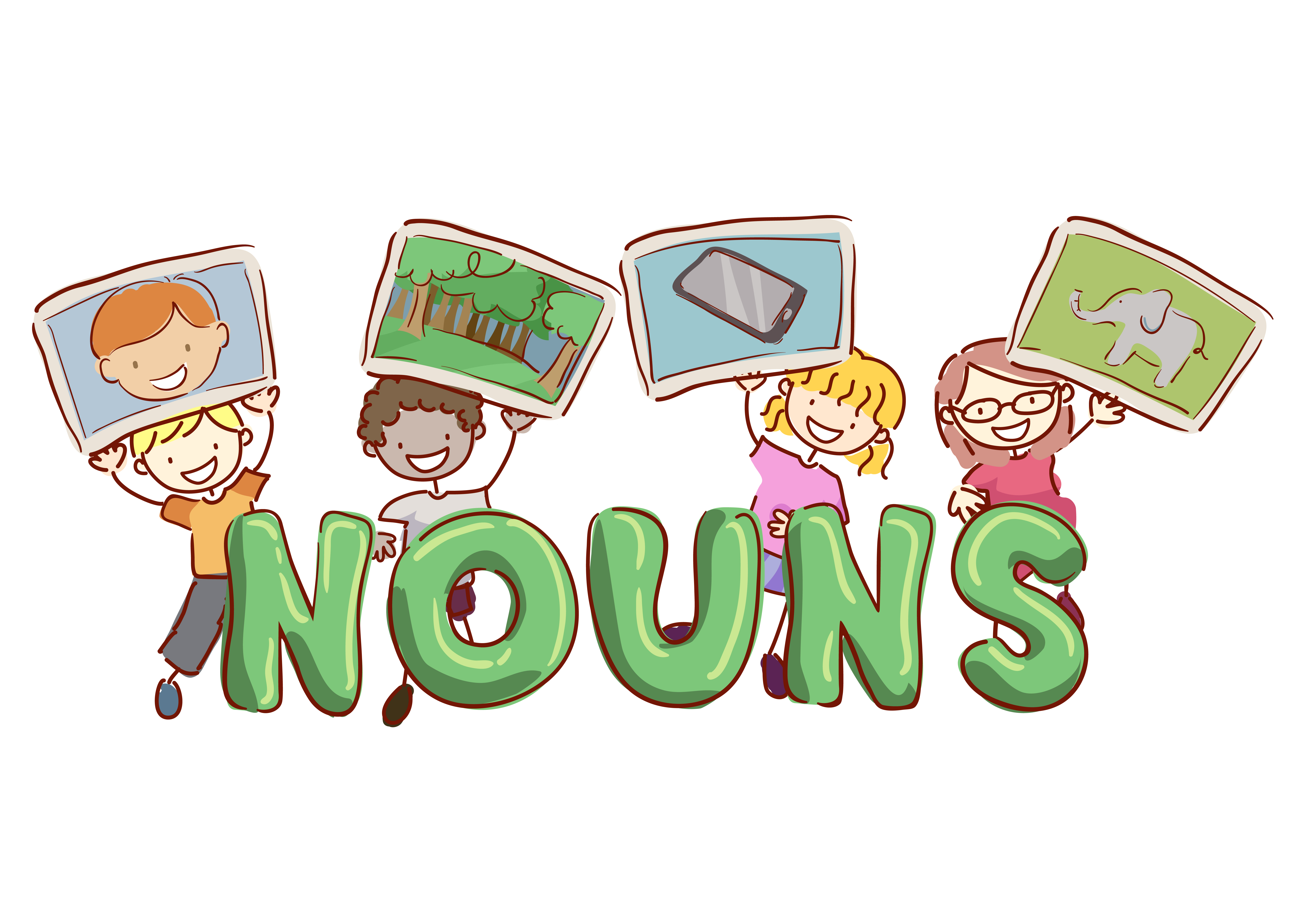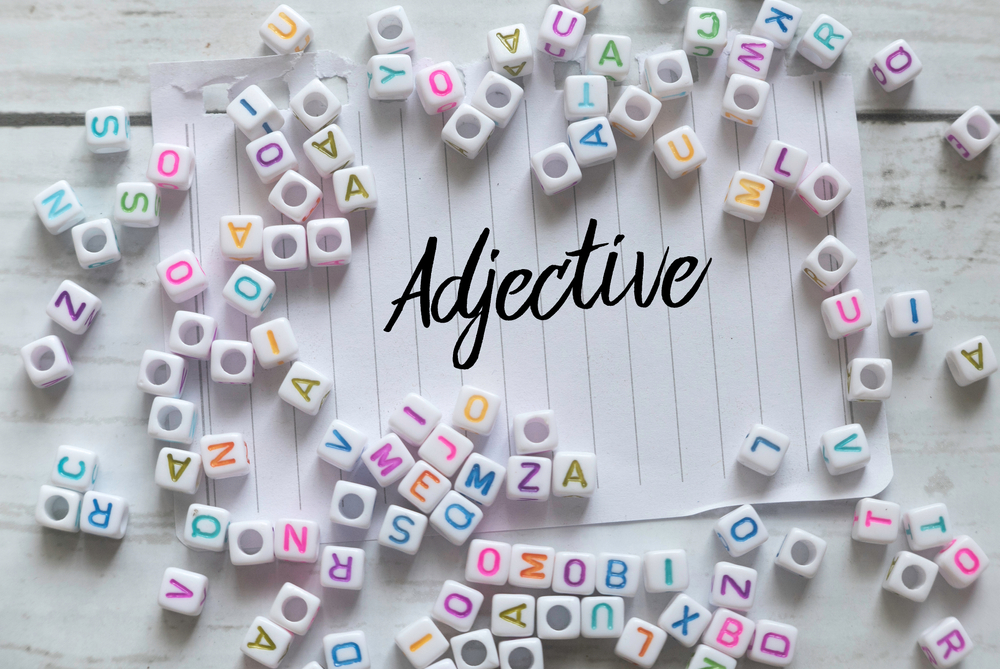Normal Reading Comprehension worksheets activities for Ages 5-7
9 filtered results
-
From - To
Discover engaging reading comprehension worksheets designed specifically for children ages 5-7. Our activities aim to boost essential literacy skills while keeping learning fun and interactive. Each worksheet includes age-appropriate texts and questions that help young learners enhance their understanding of stories and develop critical thinking abilities. Crafted by education experts, these resources support early readers in making connections, drawing conclusions, and answering literal and inferential questions. Perfect for classroom use, home practice, or supplemental education, our normal reading comprehension worksheets encourage a love for reading while building the foundational skills necessary for future academic success. Start your adventure in reading today!
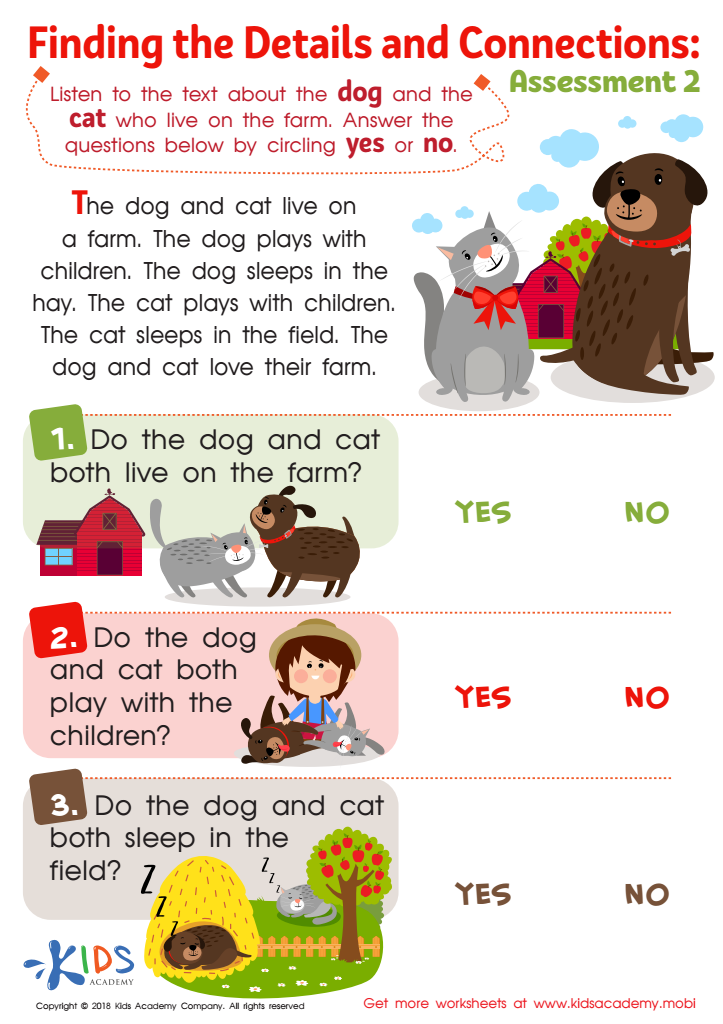

Finding the Details and Connections: Assessment 2 Worksheet


Questions About Informational Texts: Assessment 1 Worksheet


Craft and Structure: Assessment 2 Worksheet


Questions About Stories: Assessment 2 Worksheet
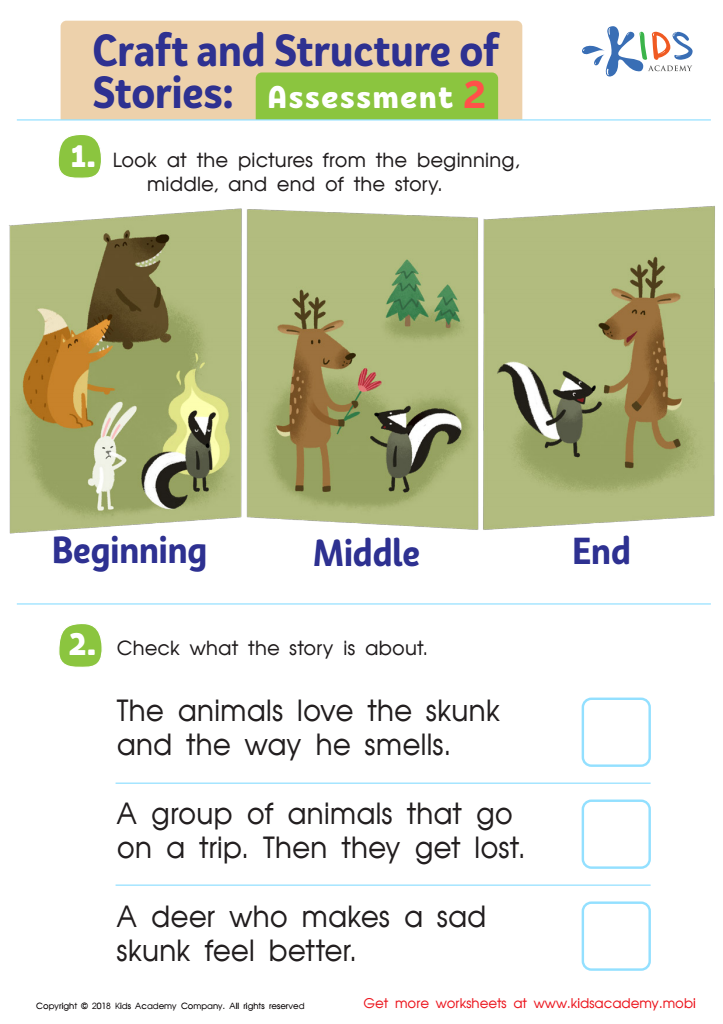

Craft and Structure of Stories: Assessment 2 Worksheet
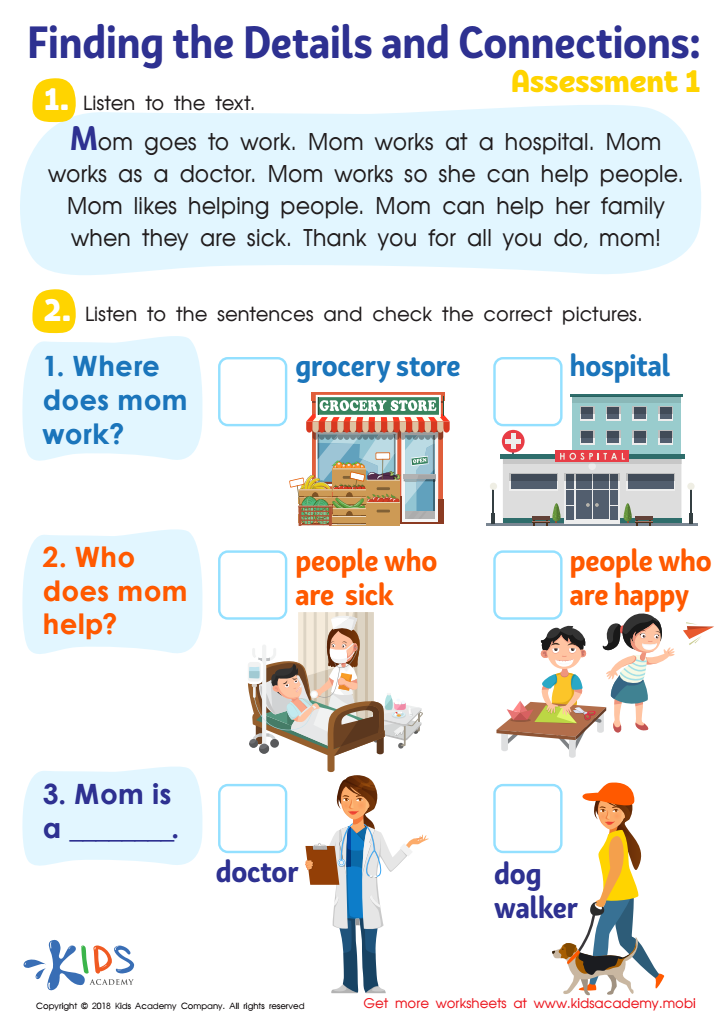

Finding the Details and Connections: Assessment 1 Worksheet
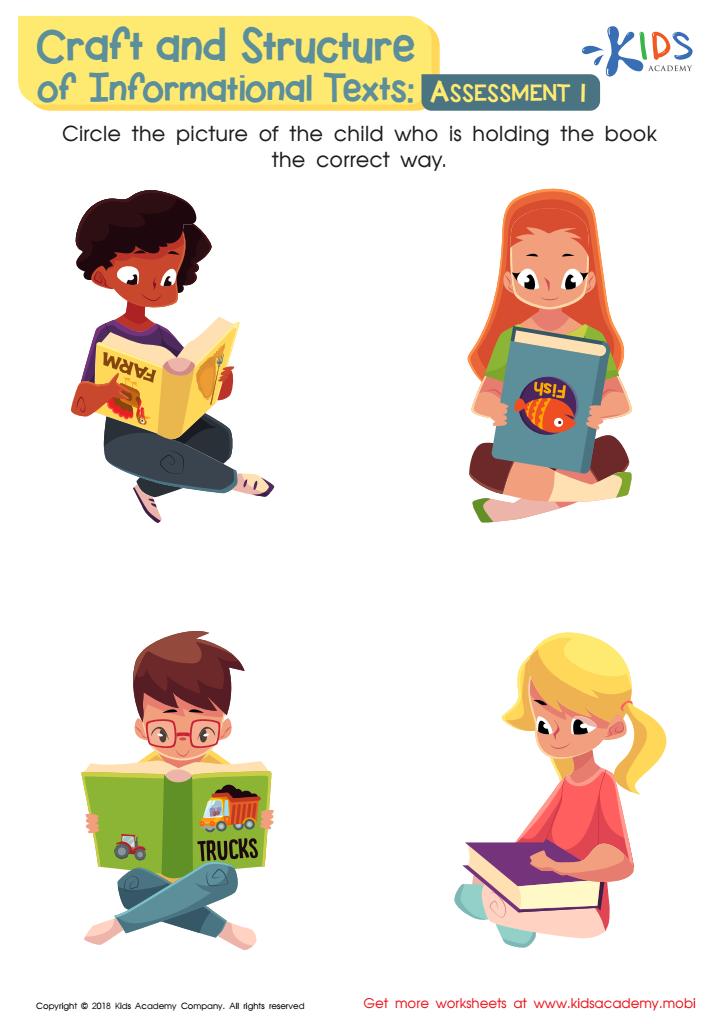

Craft and Structure of Informational Texts: Assessment 1 Worksheet
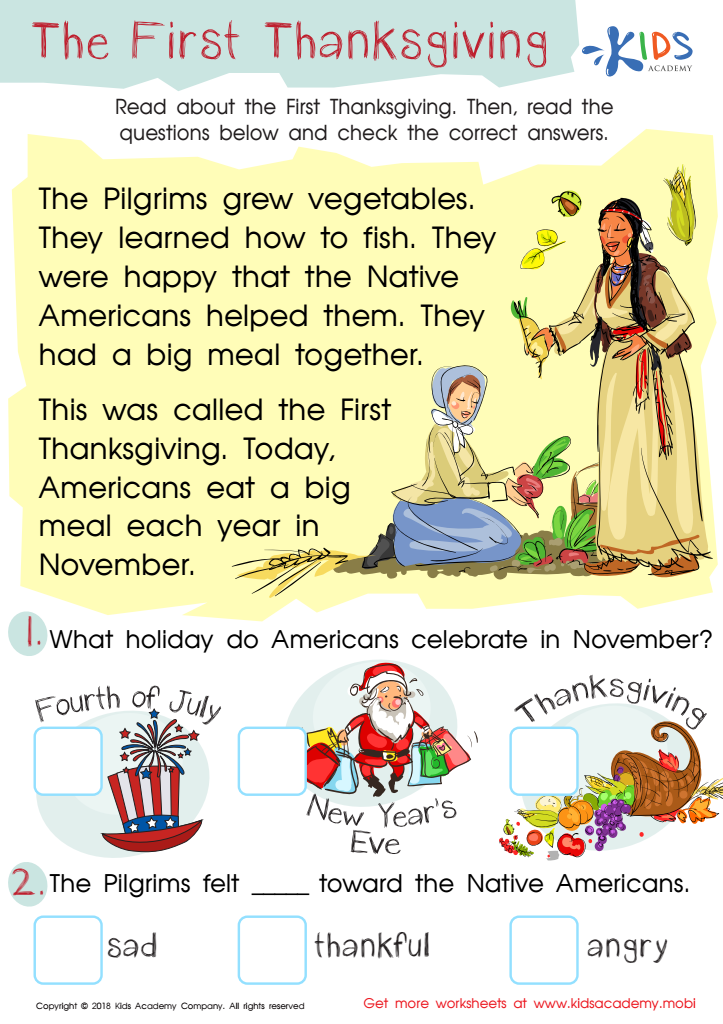

Assessment: First Thanksgiving Worksheet
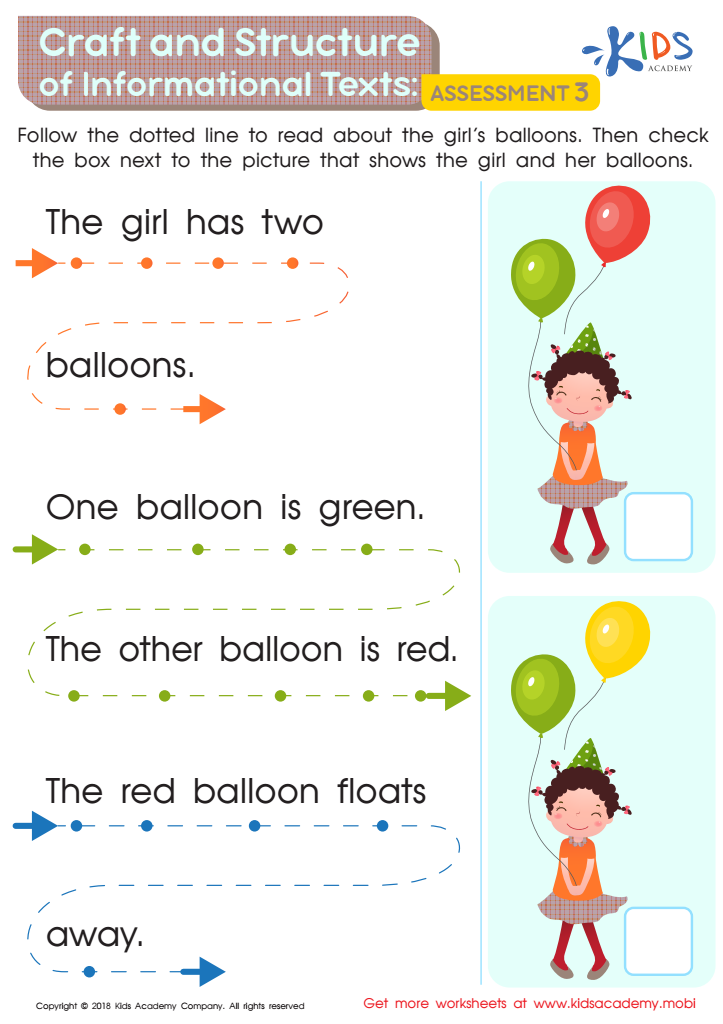

Craft and Structure of Informational Texts: Assessment 3 Worksheet
Normal reading comprehension activities for children aged 5-7 are crucial for fostering essential literacy skills and a love for reading that can last a lifetime. At this age, children are rapidly developing their cognitive and language abilities, and engaging them in comprehension activities can significantly enhance their understanding of texts. Such activities help children make connections between words and meanings, improving their vocabulary and facilitating critical thinking.
Moreover, reading comprehension is foundational to all areas of learning. An ability to understand text enables students to grasp concepts in subjects like science and social studies later on. By focusing on these activities, parents and teachers can identify and address specific areas where a child may struggle, providing tailored support to ensure each child progresses effectively.
Additionally, reading comprehension activities often promote conversation and interaction, allowing children to express their thoughts and opinions. This not only builds their confidence but also strengthens their oral language skills. Investing time in these activities now creates a strong basis for academic success and encourages positive attitudes toward education, laying the groundwork for lifelong learning. Therefore, prioritizing comprehension activities in early education is a wise choice.
 Assign to My Students
Assign to My Students


